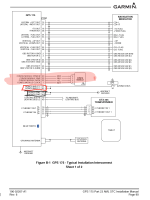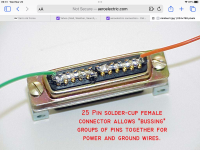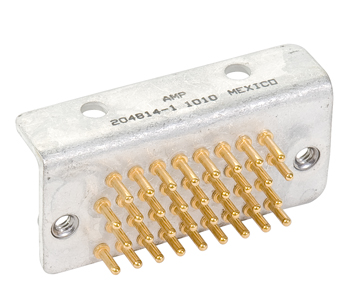claycookiemonster
Well Known Member
I have two grounding blocks (forest of tabs) just behind the instrument panel. Total of 40 tabs available. I also have many, many leads needing grounding. While I believe I have more tabs than leads needing to be grounded, it also seems like I could piggyback several leads onto a single tab to leave room for the future. What limitations might there be to doing this, other than making things crowded around the multi-lead tabs?







